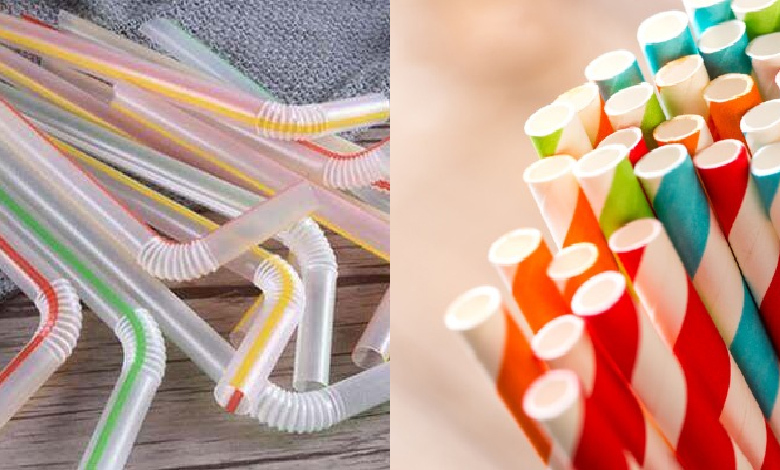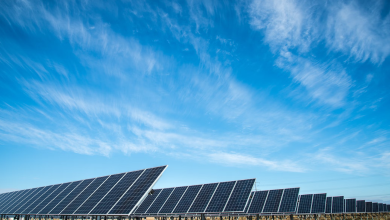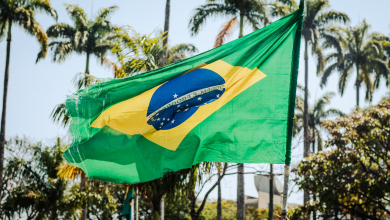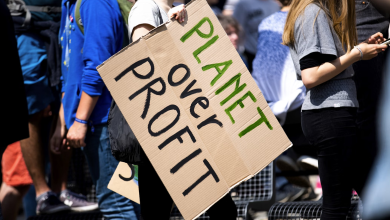Paper straws seem to be better alternatives to plastics. But are they really?

Imagine, you order a morning iced coffee and it arrives with a brightly-coloured paper straw, that you eventually take out of the drink and leave on the table in a pulpy mess. Such circumstances are becoming increasingly familiar as paper straws become almost ubiquitous.
In response to a consumer backlash against single-use plastics, the hospitality industry is rushing to ditch them for more environmentally-friendly alternatives. Compared to the plastic that is likely to linger in nature for 300 years or so, paper straws are better.
But are paper straws really a better alternative to plastics?
A recent study has also highlighted another potential concern. Researchers at the University of Antwerp in Belgium assessed paper straws and found the seemingly better alternatives contain more “forever chemicals” than plastic.
These long-lasting substances can stay in the environment for decades, can contaminate water supplies and are linked to a range of health problems. Such findings, therefore, suggest paper straws and their bamboo counterparts are not necessarily a more sustainable alternative.
The estimates for exactly how many disposable drinking straws are used every year and how many end up in the environment are tricky to confirm. But it’s clear that plastic straws get everywhere, including in penguins’ stomachs and the nostrils of an Olive Ridley sea turtle.
How did plastic straws become a symbol of plastic pollution?
Plastic straws make up only a tiny fraction of the plastic waste that finds its way into the environment. In the oceans, for instance, fishing nets are among the most prevalent forms of plastic pollution. Then how did plastic straws become such an emblem of the problem?
“The straw became the symbol of a choice an individual could make that also has an impact,” according to Erin Simon, vice president for plastic waste and business at the World Wildlife Fund, noting such a global crisis can only be solved “when everyone does their part”.
Read More: Think before you click: The alarming climate cost of same day home deliveries



